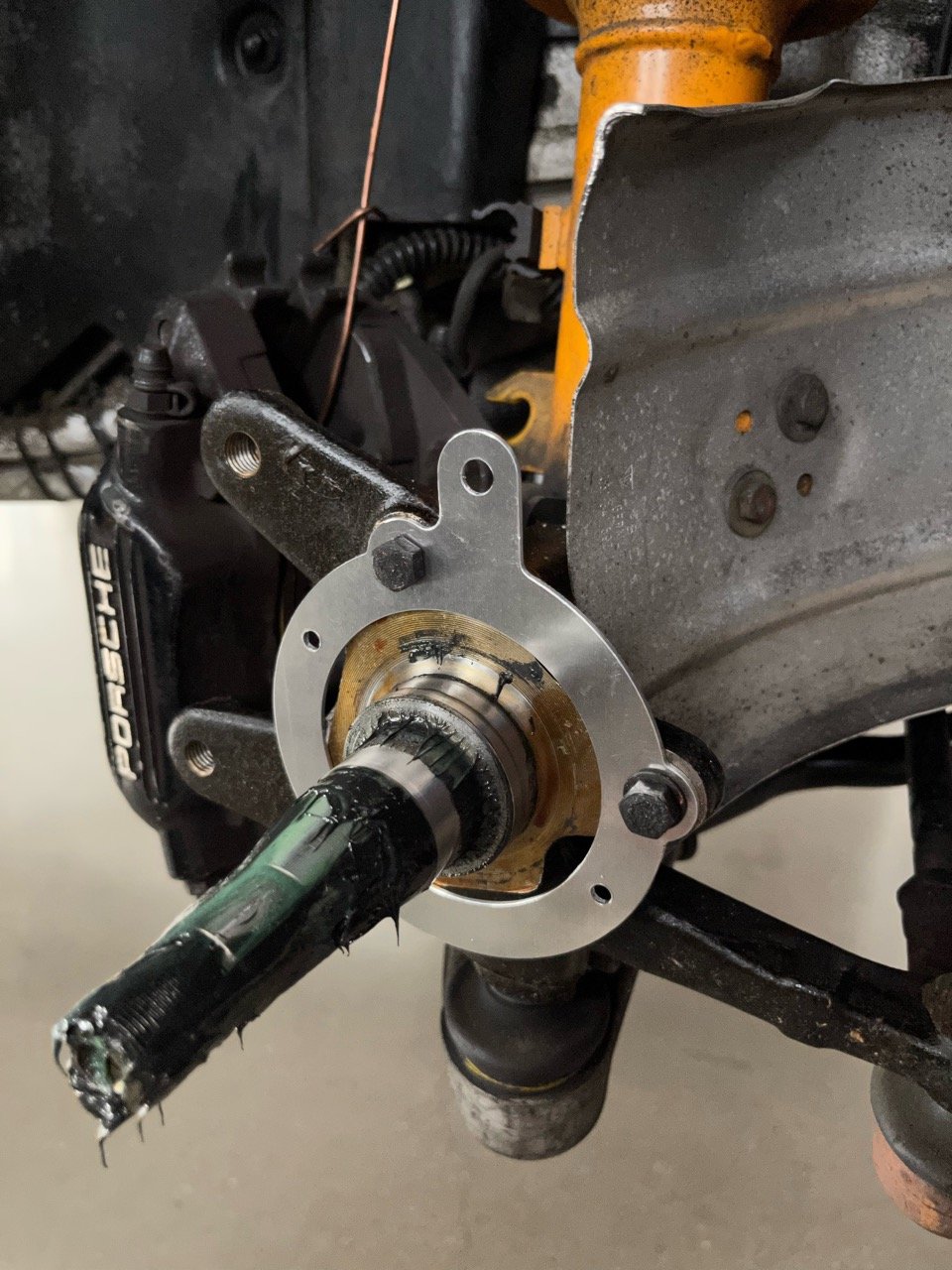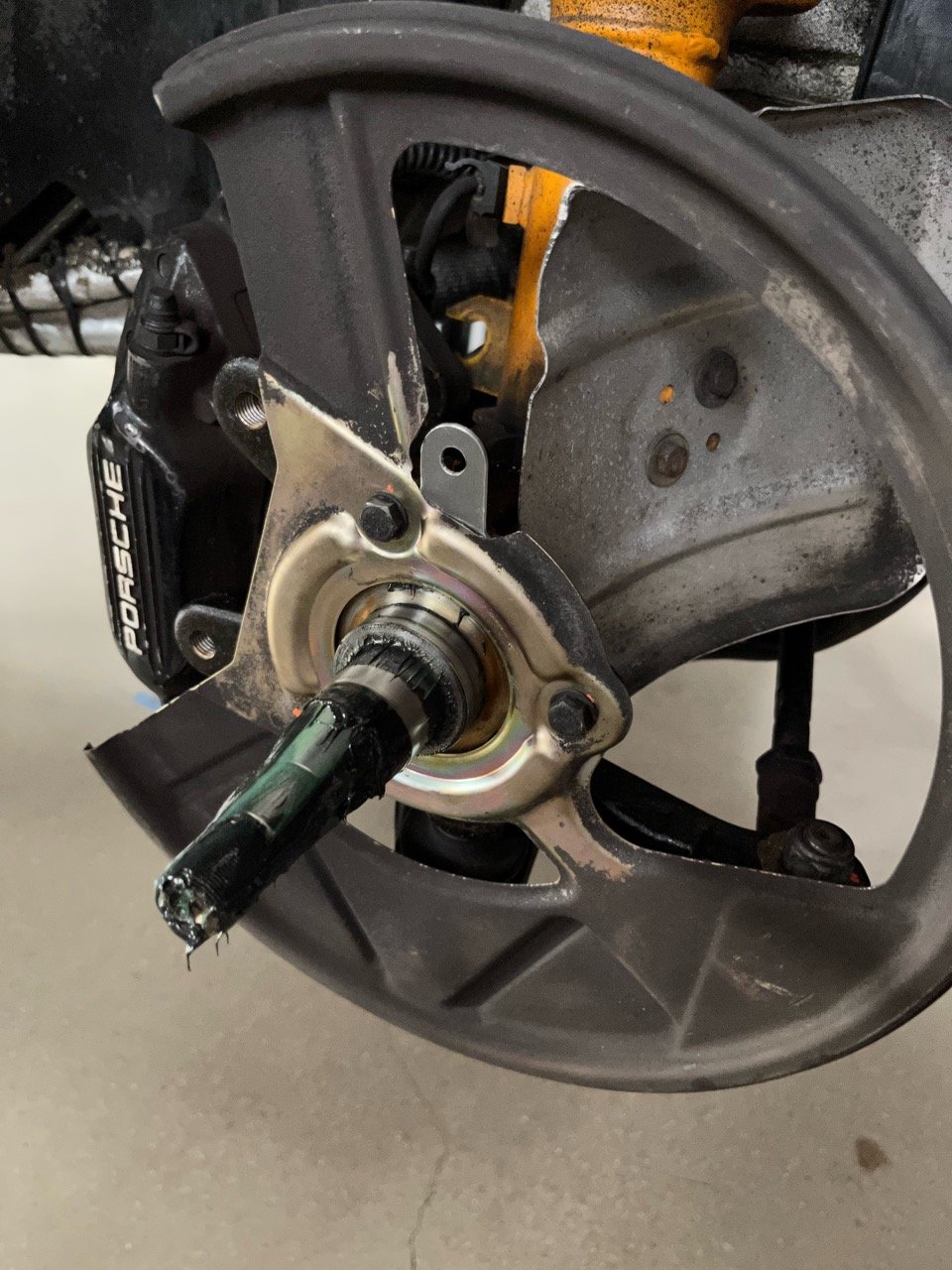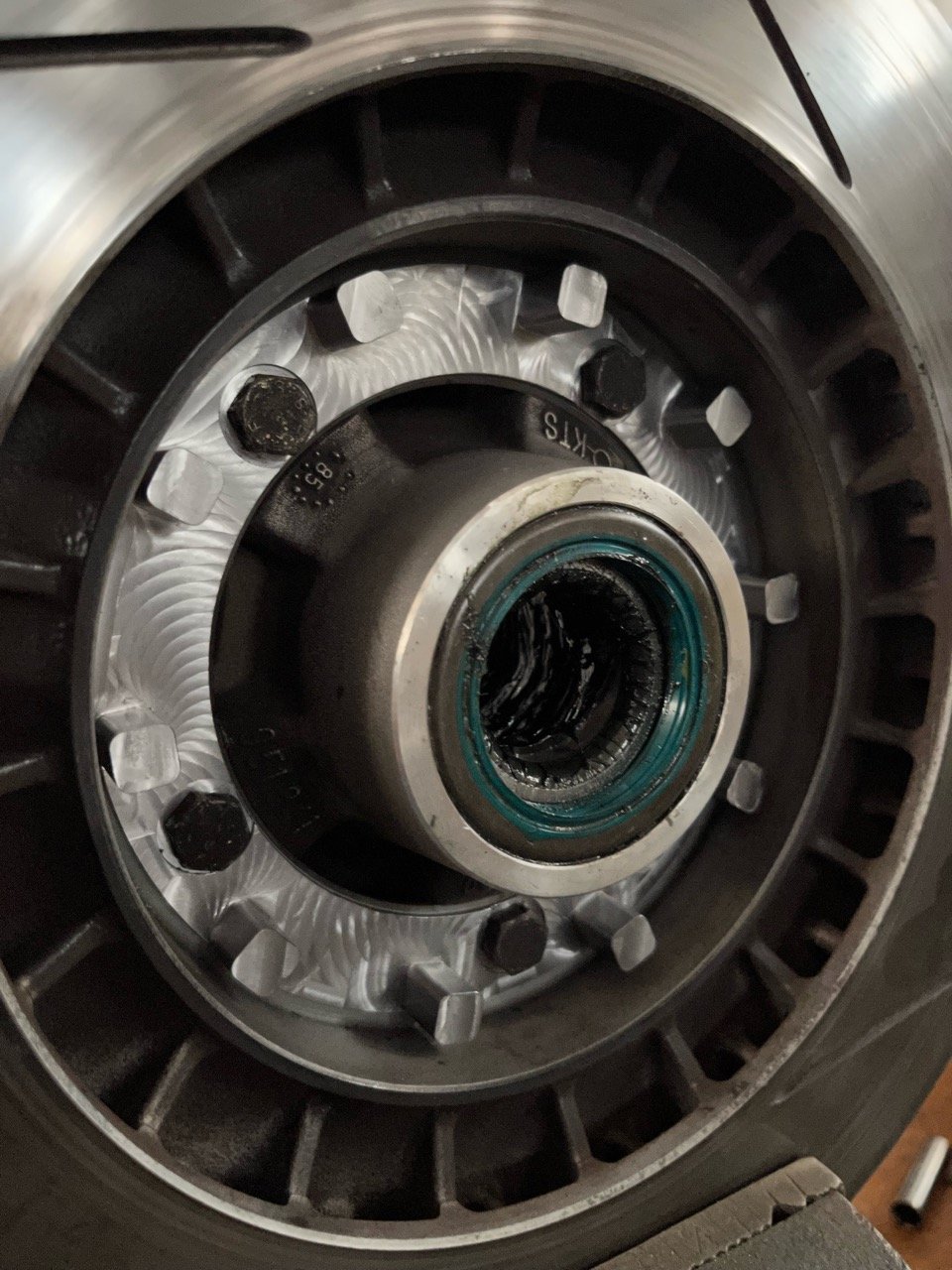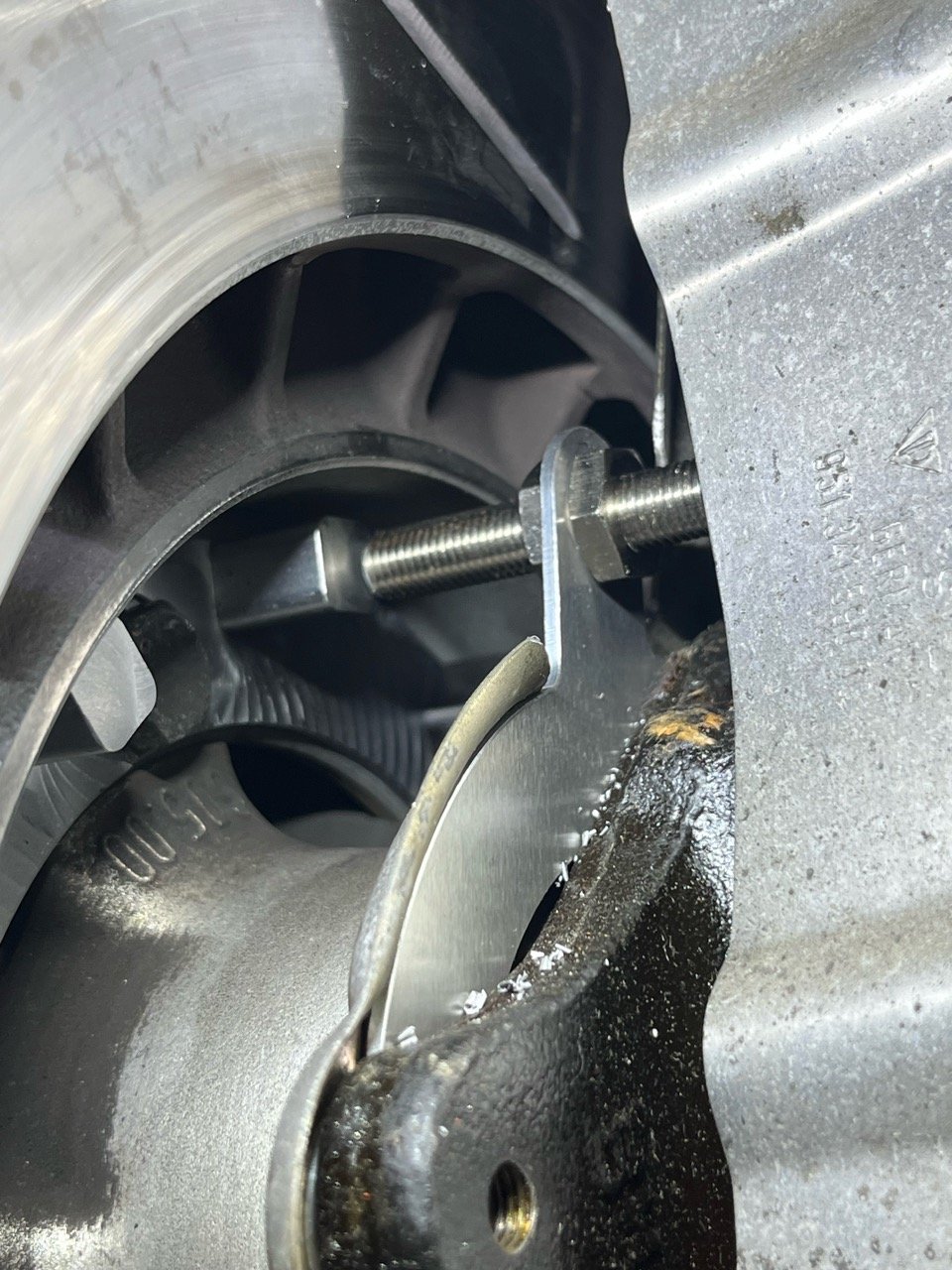Sale ends todayGet 30% off any course (excluding packages)
Ends in --- --- ---
Keep everyone up to date with how your project is coming along.
I'm building a 1974 911 EV. (The HPA Wiring Course was a definite must!!)
THe car has no front wheel speed sensor, but I'd like to provide non-driven wheel speed to the VCU.
Any suggestions? Something on the wheel? GPS? Other?
Thanks!
If you'll be using it for traction control or anything mission critical and you must have the data, GPS isn't ideal, but if you just want a general idea of vehicle speed most of the time while you have GPS service, then it may be ok.
Tone ring and wheel speed setups used by ABS systems avoid the issue of warmup time on GPS, atmospheric conditions interfering with signal, being in an area without good GPS coverage, and the reading from a wheel speed sensor is more real-time.
In terms of install, perhaps you can fit a tone ring to the hub and mount a speed sensor on the knuckle. Alternatively, it may be easier to fit a flat trigger disc to the hub, similar to what might be used for crank position sensing. If that wouldn't throw your wheel offset off too much, that could simplify things.
Here are some pictures of a trigger setup I did on the front of a 1986 944 Turbo.




Mike, those are good points about GPS - reminded me of why I didn't go with a GPS speedometer.
Dave, thank you for the pictures. Nice work, and it helps to see how you have done it.
Looks like I have some detail design work to do.
Thanks, Guys.
Cool job there, David - could one use the disc fins' ribs instead, to simplify the installation and double the resolution? I would suppose the primary concern is the support in the ECU, if also using it for traction control, and/or ABS conflicts on tooth count front to rear?
The problem with using the brake disc fins would be modifying a consumable part (it would help to have a machined surface instead of a casting as the target), and mounting the sensor since it would not be parallel to the axle. In the past i've used brake hat bolts, but making your own precision trigger wheel has yielded the best results for me. I have no problem using 48-tooth wheels in the ECUs I typically use.
Looks neat David.
Gerry, if you're not using the signal for traction control or ABS, you could realistically go with very few teeth and get a "decent" speed reading. More teeth, more accuracy becomes important when small changes matter. The 48 tooth number David mentioned works well for ABS or traction control, as long as your electronics support it.
I am using that 10-tooth trigger for traction control on the 944, FYI. That is working acceptably well with a MoTeC M1 ECU.
So, curious, I searched again on the internet and found a contribution on the Pelican Forum. This fellow, like David, had lots of detail and pictures. He used a 47 tooth tone ring for a Saturn SC1/SC2, and a wheel speed sensors for a 2002 Crown Victoria.
Thanks all for helping me to understand what I have to do to physically get the wheel sensor in place.
Getting it to work with my ECU? That will be future fun.
Not to worry. Getting a speed input working on an ECU should only take a few minutes, so that should be the easy part.
Some systems will have you enter a number of teeth, ratio and tire size info. Others have you tweak a calibration value up or down until the speed the ECU reports matches reality. That can be confirmed on a linked AWD dyno, or based on GPS using a phone or other device as a reference.
The trouble with using the cast in fins on brake rotors are that they are quite often inconsistent in thickness and location, so this will give an inconsistent signal. You can also have castings that are deliberately not evenly spaced, which will result in a sinusoidal pattern to the speed trace.
